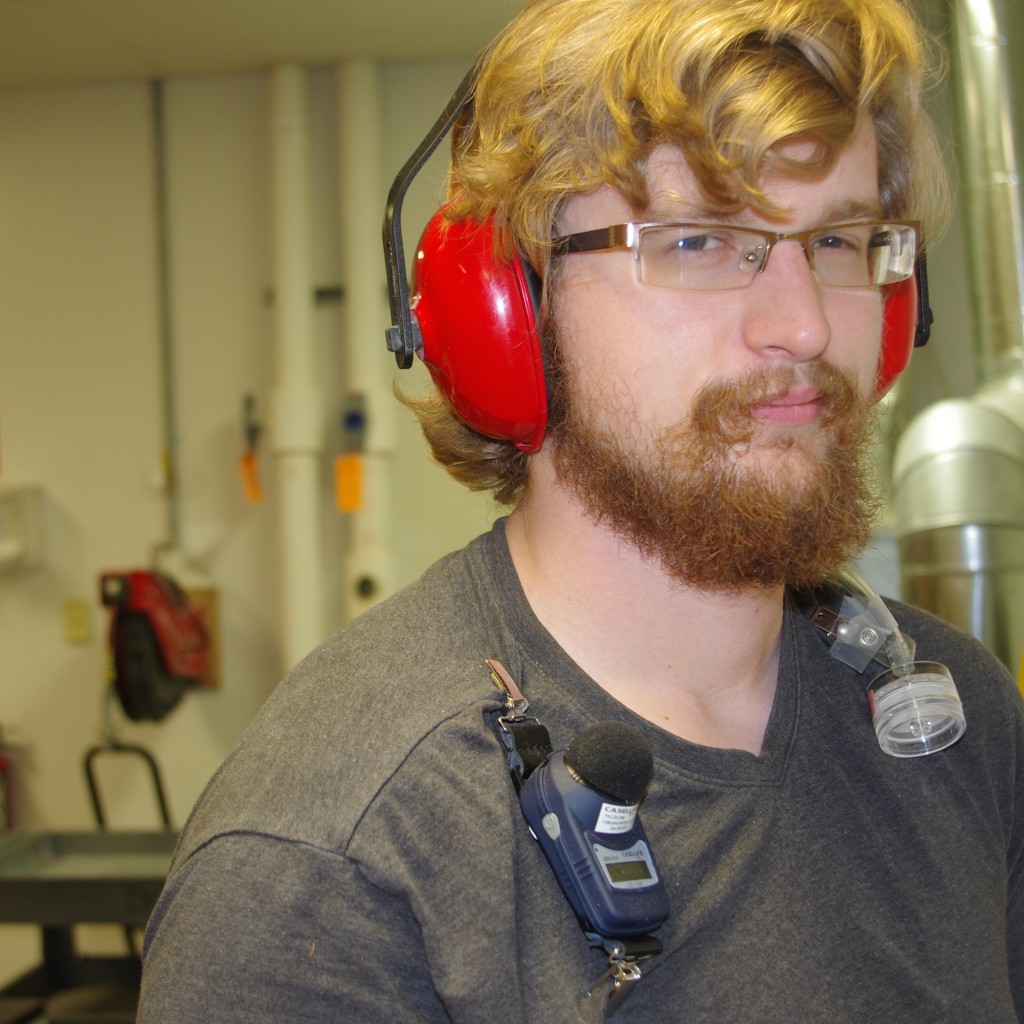Noise
The measurement of noise levels and employee noise exposures is an important part of plant hearing conservation and a noise control program. It can identify specific locations where noise is a problem, those who may be affected, and areas where additional noise testing may be needed.
OccuSafe has conducted thousands of noise exposure assessments for both OSHA employee exposure limits and community noise regulations. These include sound level area sampling and noise dosimeter readings, leading to reduced noise levels through suggested process changes, equipment modification, isolation and repair, employee education and training. The surveys have also resulted in implementation of employee hearing conservation programs which include hearing tests, personal protective equipment and training. Implementation of these programs resulted in the reduction of hearing loss due to noise, OSHA standard threshold shifts, and recordable injuries.
Noise measurement can be made using audiodosimeters. Audiodosimetry, or noise dose studies, represents employees’ exposures during the monitored period of the survey. A noise dose can be expressed as a percentage of the allowable dose. For example, OSHA has determined that an employee may not be exposed to an eight-hour time weighted average (TWA) equal to or above 90 dBA. A TWA of 90 dBA is therefore 100% of the allowable dose. A TWA of 85 dBA, the OSHA Action Level, corresponds to 50% of the allowable dose.
